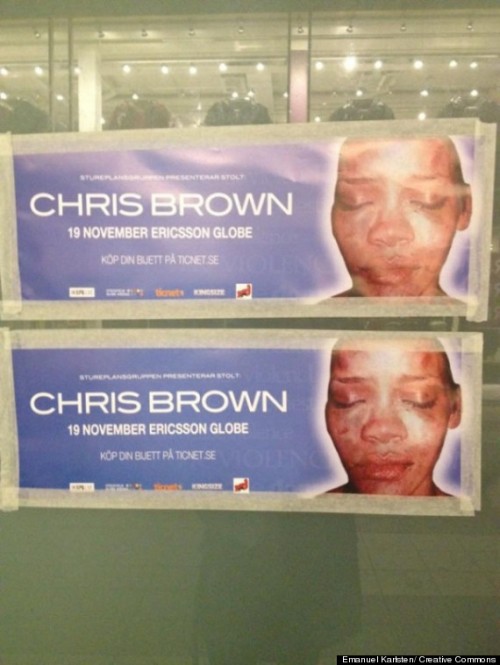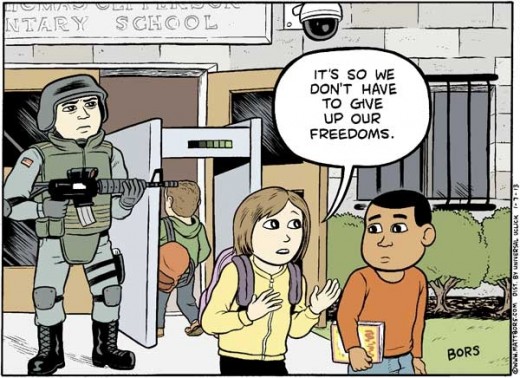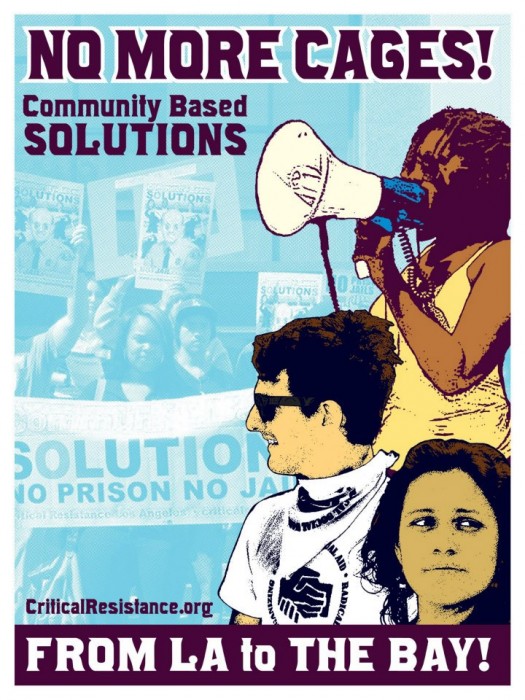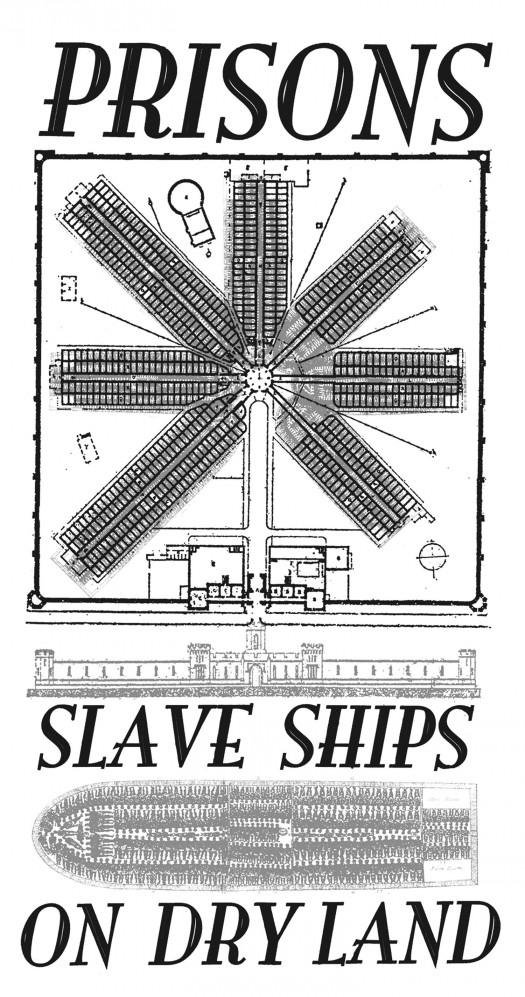Leading up to a series of events that I am organizing during the week of March 18th, I plan to highlight more historical moments of policing, violence, and resistance on this blog…
“I saw Daddy drop as the first bullet hit him…”
Before there was Amadou or Sean or Oscar, there was William Milton…
At 31 years old, William Milton, an ordinary family man, was shot several times by two New York City police officers. Milton had the misfortune of being born black and living in America in 1948.
William Milton and his brother Jack went out on an errand one evening. They decided to stop by a bar on the way back home. They encountered two of their neighbors at the bar and so the four drank together. The bartender Charles Kennefick decided that he didn’t want any black folks around that night.
“We each had a beer,” said one of the surviving men to Daily Worker reporter Art Shields. “Then the bartender growled” ‘Drink up and get the hell out,’ when two of us got another drink.”
The men apparently took exception to the bartender’s tone. Words were exchanged. The bartender grabbed an ice churner and a fight broke out. Two police officers arrived on the scene. The 4 black men took off running because they knew that their word was likely to mean nothing next to the testimony of a white man. William Milton and his brother were chased down the street with two police officers shooting at them. 11 year old Leroy Goodwin told reporter Art Shields what he witnessed:
“I saw the tall policeman – that’s Peter Kilcommons – chasing Mr. Milton and his brother. He was shooting as he ran. John O’Neil, the other cop, was running and shooting too. But the bullets didn’t hit Mr. Willie at first. They didn’t get him until he turned into S. First Street and reached his front stoop. The first bullet hit him in the back, just under his right arm pit, as he was turning the knob of his door. Mr. Milton fell to his right knee. Then he got up and fell into the house. The cops kept on shooting through the door.”
Officer Kilcommons murdered William Milton as he crawled up the steps of his home. He was unarmed when he was first in the back and then twice in the chest. Among the many witnesses to this murder were Milton’s wife and his 13 year old son Eugene.
The police later claimed that they were only shooting in the air as they ran after the brothers Milton. If this was true witnesses asked, why then shoot him at close range in the doorway of his home when he was already down?
Interviewed after his death, his wife Irene said of her husband: “William was always talking about keeping Georgia from coming to New York.” Willie Milton was already known to the NYPD before they killed him. He was a community activist who had been vocal about police violence. In February 1946, two years before Milton was murdered, an officer named Romeika lined two brothers up against a wall and shot them when they protested against being kicked out of a restaurant. One of the men who was assassinated was a military veteran. Irene Milton said: “William got into the fight to get the killer punished. He was very angry about the murder and gave a lot of time to help the Committee for Justice in the Freeport Case.” Willie Milton joined the Communist party during the course of his work in the Freeport case. He also led a rent strike in his community protesting the dilapidated condition of a local building.
Milton’s family was left destitute after he was killed. His wife described their situation: “I took the last $121 out of his bank, and got six dollars more in his bloody wallet from the city property clerk.” She had to borrow more money for his funeral expenses.
Irene became a leader in the Committee for Justice in the Milton Case. The Committee was founded by representatives of the Community Party and the Civil Rights Congress. It had four goals:
1. The dismissal and indictment and trial of Patrolmen Peter Kilcommons and John O’Neil who fired the shots that night;
2. Dismissal of Police Commissioner Wallander, whose policy of mussing-up Negroes, led to the murder;
3. Financial indemnities for the widow and orphaned son from the Board of Estimate of the City of New York.
4. Defending Joseph Milton and William Hughes, the other witness, who was arrested nine days after the murder.
Even after a lot of local activism about this case, the two officers faced no charges and were not convicted of murdering Mr. Milton. They kept their jobs. In describing what happened to William Milton, Simon Gerson wrote:
“He was lynched, my friends, lynched. What matter is it if a man is lynched by a hempen rope from a Georgia cottonwood tree or lynched by a police revolver in the trigger-happy hands of a Brooklyn cop?”
Who would disagree with this characterization of events?







